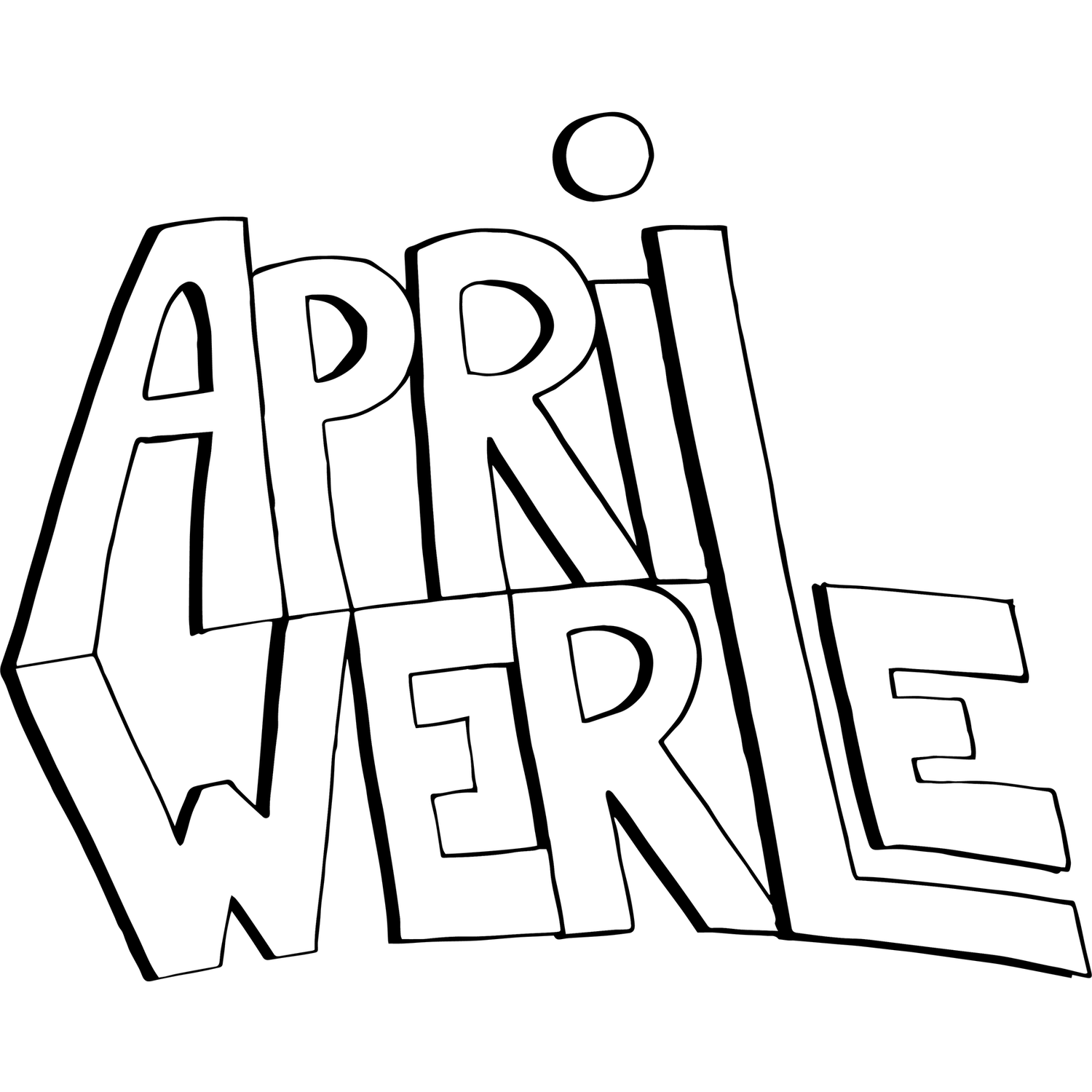The Reality of Living in a Diaspora
I went back to the Philippines in February. This time I brought my partner with me.
I was born in the United States, but I was raised to call the Philippines home. I think because my ma never intended to live in Montana for the rest of her life.
Many of my childhood memories with my ma are in the car—driving to school, or driving home late at night when she’d get off from her second job. I remember many car rides talking with her and my little sister about our shared dream of building a mansion in the Philippines, a place where all of our aunts, uncles, and cousins could live with us. When we were little, we saw the United States as a temporary place. Just a place where we could make enough money to go home.
When I was 15, on my second trip to the Philippines, we stopped dreaming about living in the Philippines again. My ma, not having been back since I was 2 years old, couldn’t handle the heat anymore. She spent the majority of the 8-weeks in Cebu sick in bed from a heat stroke and vertigo. This was also the time that my little sister and I started to have mixed-kid identity crises too. Subsequently, my ma realized she would not be moving back to the Philippines, and my sister and I were left insecure about the concept of belonging. I think we both thought that we would magically fit right in as Filipinos in the Philippines.
Since that trip, I’m still trying to make sense of my concept of home and belonging. As often as I can afford to, I go back. Each trip back to Cebu I learn something new about myself while building a better understanding of my immigrant mother, my family in the Philippines, and who I am in relation to them.
Here are two paintings inspired by pivotal thoughts on the diaspora from my recent trip to the Philippines…
“I belong to my family.”
I’ve been back twice since the trip with my ma and sister, but the last two times have been on my own. In 6-7 year periods, major changes have happened. In 2016, my grandparents and one of my cousins had already passed, and in 2023 the vast majority of my aunts and uncles had moved to Dubai to be OFWs.
There’s a weight that you assign to your immigrant parent. The weight that they will hold all of your cultural identity for you. On this recent trip to the Philippines, I really felt the lack of my mother, my Filipino-identity-justifier. It felt strange to feel like a stranger in my family’s home this time. It could be that many of my cousins who are still in Cebu are younger than me, and some of them had never met me before. The cousins that had never met me had also never met my mother though, Auntie Amy—my Filipino-identity-family-relation-justifier.
I found myself feeling deeply insecure at times, feeling the passing of time and how my place in my family is affected by the amount of time that I spend with them. It is also affected by my mother. I found myself realizing the importance of memories. When my mother is gone, I’ll only have memories to justify my place within my family. How many memories do we hold together? I discovered that shared memories are the glue to a family.
”I belong to my family.” was an affirmation that I told myself over and over again on this trip to Cebu.
“Oh shit, there are pine trees here too!”
On this trip, I discovered new parts to Cebu that I had never seen before.
I had found one of my cousin’s social media accounts last year. She’s about my age, and my ma likes to say that we have the same aura. But I saw her posting pictures of her fiancé and her trip to Osmeña Peak one day.
So while we were in Cebu, some of us decided we were going to the peak—from my cousin’s pictures, I had assumed that it was more of a drive to the top with a side-of-the-highway overlook, and that’s why in the video I am wearing a satin sundress and sandals—but on the drive up to the center of the island, I realized something peculiar.
There were pine trees, and more and more of them as we inclined.
I turned to my partner in the back seat and said, “Oh shit, there are pine trees here too!” and “well dang, I guess I can’t use pine trees as a motif for Montana anymore.” Pine trees were a symbol I used in my paintings to reference the white part of my identity.
Every time I go back home, I feel like I unlock another secret in life. Cebu has become my grounding place. Each time I visit, I am able to look back at the last 6-7 year period. I learn something new about life, my family, and so therefore myself.
But here’s the part about the diaspora—afterwards you have to go back to your other home. I go back to Montana, the cycle repeats, and I wonder if it will really take another 6 or 7 years to see my family again.


